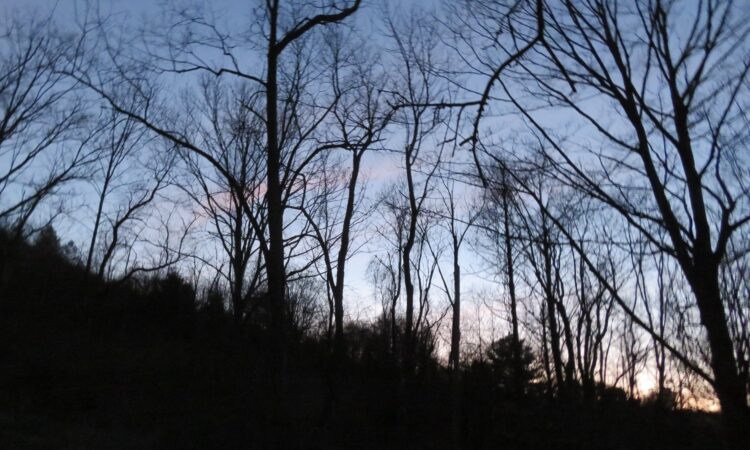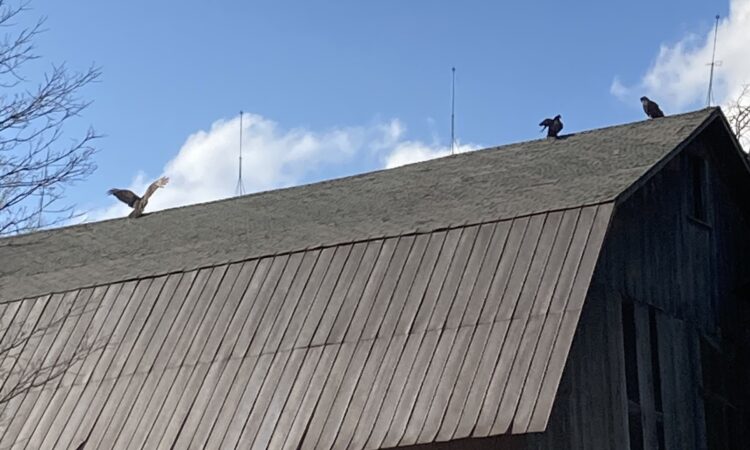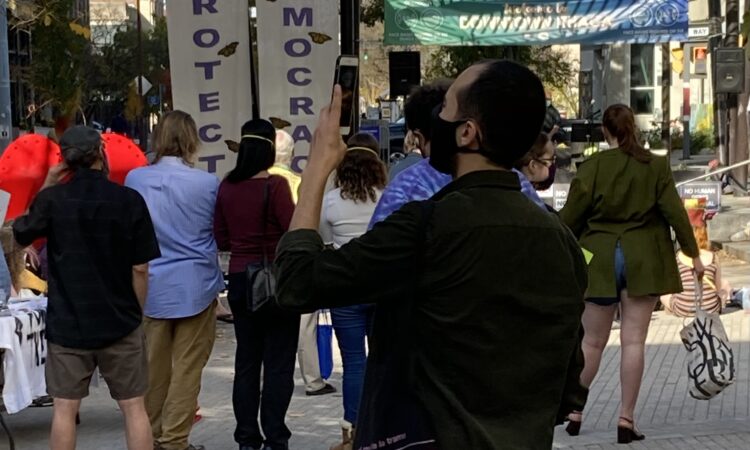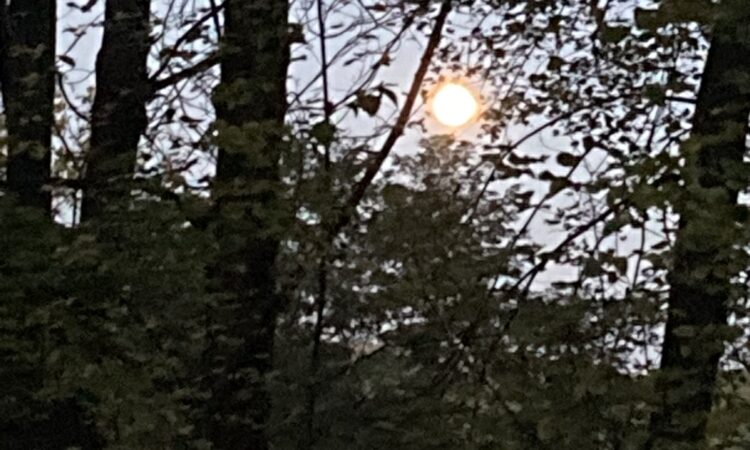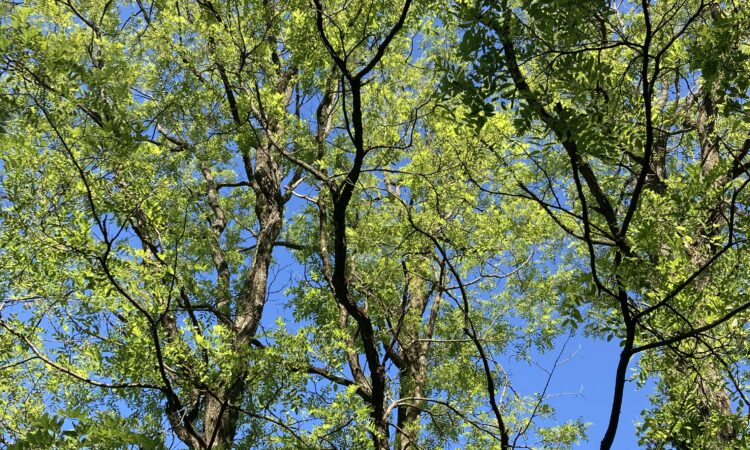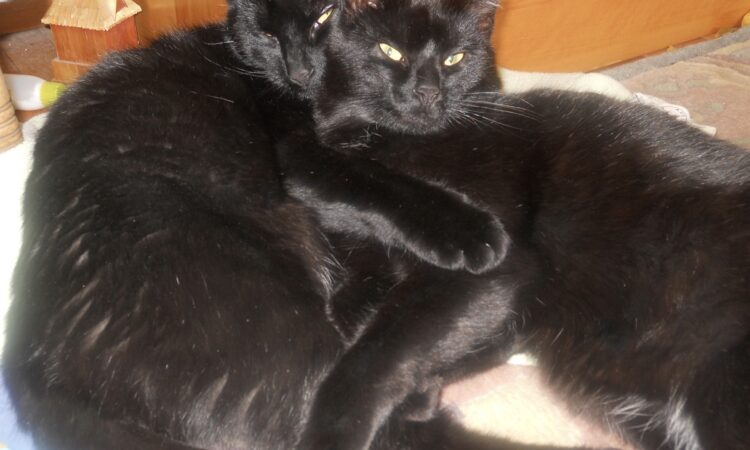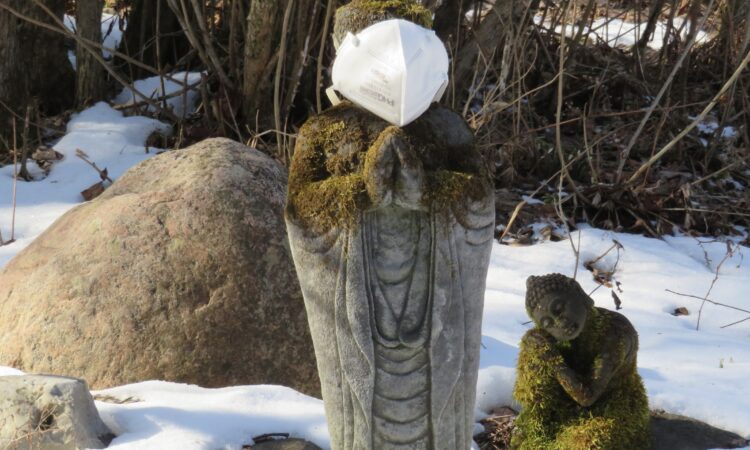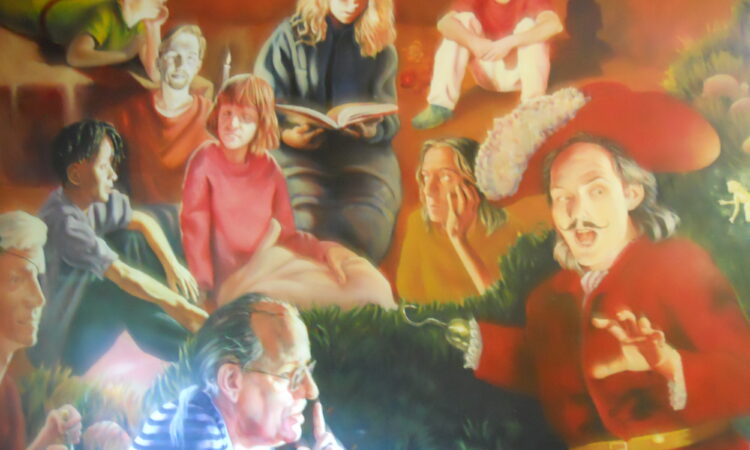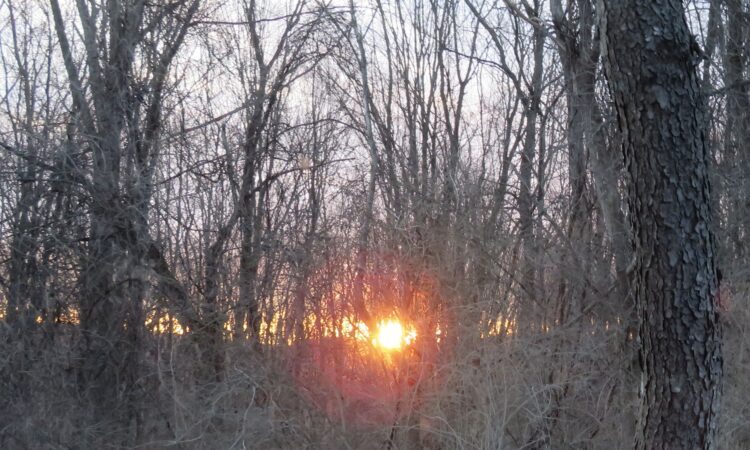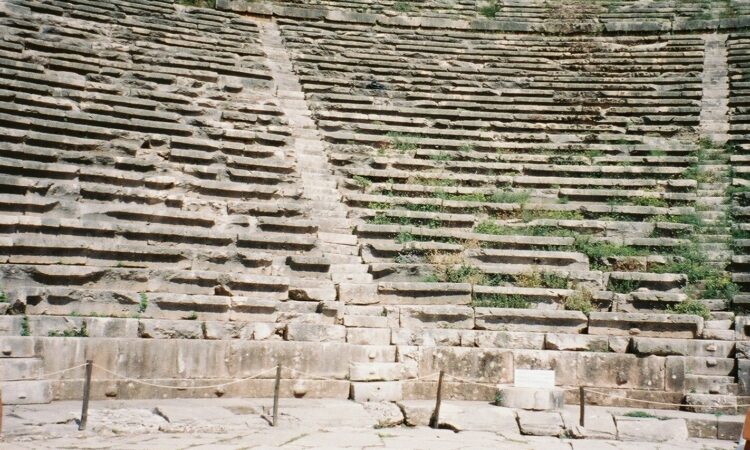Not being able to watch DJT’s arraignment on tv, moment-by-moment, was a bummer. His legal team argued news cameras in the courtroom would create a “circus-like” atmosphere. It’s a circus-like atmosphere whenever DJT is speaking. Media organizations counter-argued that the gravity of the situation warranted full public access. The judge did allow five news-pool still photographers to snap pictures.
I would’ve liked to see images of him fingerprinted, for example⎼ although I could also see the value in a different viewpoint, that maybe the best thing to do is to sideline the event, sideline him, as Dahlia Lithwick argues in an article in Slate. Let him whither from lack of attention and let most of the rest of us focus on taking constructive actions to advance democracy.
The violence that some predicted, and that DJT himself tried to incite with calls of death and destruction, gladly did not happen. The pro-DJT morning rally was maybe 100 – 150 people, not anything in size or intent as what happened on Jan. 6. MSNBC reported that Marjorie Taylor Greene and George Santos briefly attended the rally. Greene had helped plan the rally but left quickly due to the loud noise and protests that mostly drowned out the few comments or lies she was able to utter.
But indicting DJT for crimes a preponderance of evidence demonstrates he allegedly committed was itself an action that advanced democracy. It had a profound effect on me, and maybe on much of the human world. It was emotional and political, but also something else; cosmological, maybe. Certainly ethical. It was about resurrecting a sense that the earth itself is spinning as it should. That cause and effect still work together.
Some would claim what I feel is just a yearning for revenge, but I don’t feel that very much. I feel that what DJT did, repeatedly, is shock us. To shock and use against us our sense of rightness, justice, and truth; empathy, and compassion.
He’s tried to shock us into seeing the world as a duality of good and evil and then rip away one side of it, so we feel the world unbalanced, unhinged, and ourselves powerless, or that no power in us can stop him. Or that he is the absolute power, not only above the law but above the very workings of nature. He used lies not just to hide the truth but to make truth impossible to argue. Or to focus so strongly on one side of the coin, one side of humanity, the back, so all we see is the backside of humanity.
So, when he was led to the courthouse, the unbalanced world was returned to some sense of balance. What was unhinged was now hinged to a sense of order. Dusk now had its sibling, a new morning, back. He wasn’t put in handcuffs or subjected to mugshots. But power had, in our eyes, been somewhat restored, not only to the legal system but to our sense of rightness.
The trial will be about DJT trying to cover up and mis-characterize in his business and tax records his payoffs to two women he had affairs with (and to one doorman who had knowledge of a secret DJT child) so news of the affairs and other negative information would not de-rail the 2016 election. In other words, he engaged in an illegal conspiracy to aid his campaign and undermine the integrity of the election⎼ and he did this in October, right before the election.
DJT and his GOP followers claim this indictment is a political action, created by Democrats. But Michael Cohen, DJT’s fixer, was charged by DJT’s own Department of Justice in 2018 for making these payments and falsifying his actions. Cohen pleaded guilty, the DOJ and judge accepted the plea and sentenced him to jail time. The Justice Department did not, however, charge DJT himself but showed that he had directed Cohen’s actions. So, it’s not George Soros or President Biden who initiated this case, but DJT’s own people.
What I and so many others are concerned about is that this is one of the lesser of his many crimes, and possibly the most difficult to prove. It would be better for advancing democracy and the rule of law if the results of the investigation into DJT’s efforts to steal the 2020 election and proclaim himself dictator, by Fulton County, Georgia, DA, Fani Willis, for example, (or the DOJ or special counsel Jack Smith) are released soon and possible charges made public. That is a clearly potent charge. And, hopefully, other indictments, a veritable avalanche of charges and evidence would soon follow.
Democracy is not efficient. Rule by law is not instantaneous. Fascist Dictator Mussolini claims to have made the trains of Italy run on time, but this is not totally true. Most of the changes to the Italian rail industry took place before he was in power. Mob rule can make instantaneous decisions, but few of us would like to be around when they do so.
We need to be glad democracy takes time to mete out justice⎼ although in this case, taking too much time might allow the GOP to further undermine the institutions of democracy itself and replace fair trials with political shows. So, we need not only a fair trial and conviction, if warranted, but one conviction after another, and this year: one example after another of justice and the power of “we the people”.
Now, if only the judge, Juan Merchan, would admonish DJT more fully, and hold him responsible for the threats and attacks⎼ not only against himself, but the Manhattan DA, Alvin Bragg, Democrats everywhere, and even against DJT’s former followers, like Bill Barr, who have spoken against him.
Over the last two election cycles, we, and so many others, have become sick of the chaos and hate DJT and the GOP manipulate, the threats to our rights and democracy. And we’re more motivated than ever to take action to stop the establishment of autocracy⎼ and to promote a fair democracy. This and the other trials to come will hopefully continue that effort.

